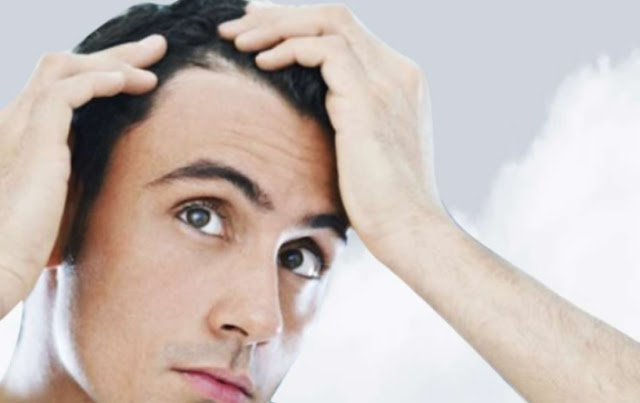One's hair typically begins to thin and loses volume as they get older. But other factors, like a medical ailment, a vitamin deficiency, and stress, might also be to blame for hair loss. When experiencing hair loss, some people decide to undergo a hair transplant for reconstructive or cosmetic purposes.
An expert treatment can frequently assist manage hair loss that comes with aging as that improves hair health, thickness, and strength. Dr.Shikha Aggarwal, the best skin specialist in Ludhiana and the founder Bliss Laser Skin Clinic, discusses the causes of hair thinning and explains how FUE treatment is beneficial. Read on to learn more.
Hair loss can be due to several reasons like:
Cancer treatment
Alopecia areata
Infections
Consumption of medicines
Stress
Alterations in hormones caused by a thyroid condition, pregnancy, or childbirth
Black women and men are frequently affected at the top of the head by inflammatory alopecias like central centrifugal cicatricial alopecia.
What is FUE?
Follicular Unit Extraction (FUE): This is one kind of treatment or procedure for treating hair loss, and comes under hair transplantation. The "classic" follicular unit transplants (FUT) method was intended to be replaced by FUE. In this procedure, the entire required area of skin or scalp was transplanted, including all follicles. It has become more popular than FUT because it's less likely to produce a "hair plug" impression, when regions of hair or skin don't resemble the surrounding areas. It does not produce a visible scar, unlike FUT.
What is the goal of this procedure?
Procedures for hair restoration might be scheduled based on individual demands. The following considerations are made when planning the initial procedures:
Maintaining facial symmetry and re-establishing the frontal hairline
Creating density in areas of frontal baldness and thinning that extend to the vertices
Focusing on density is essential for a realistic appearance, so if there aren't enough donors available, the transplant shouldn't be keen on grafting huge areas
Addressing any anticipated hair loss
Adding more density to the hairline and vertex of the initial transplant
Crown coverage if there are enough donor sites and the patient's stated target is available
Note: Typically, transplants are carried out 9 to 12 months after the initial transplant. This gives the initial transplant time to mature. In most cases, crown transplants are only performed once hair loss has normalized. If more loss is anticipated, it is understandable to worry about losing aesthetic harmony as more hair loss takes place.
What are the precautions taken before the surgery?
A few days prior to the procedure, one should cease taking any drugs because doing so could lower the quality of the grafts.
Avoid smoking and drinking before surgery as these activities will also lower the integrity of the grafts.
In some circumstances, doctors advise patients to fast for at least twelve hours before surgery.
On the day of the surgery, patients should avoid consuming any caffeine-containing beverages.
For about two weeks before surgery, avoid using aspirin or other blood thinners.
One must refrain from taking any vitamins or nutritional supplements prior to the surgery.
For a few weeks, massage the scalp for ten to thirty minutes each day to improve blood flow.
What happens during the FUE procedure?
The hair around the transplant location and in the region where follicles would be extracted will be shaved by the surgeon.
The surgeon eliminates the hair follicles from the skin using a micro punch tool.
The harvested follicles will then be placed through a number of tiny incisions made by the surgeon with a needle or small, similar and sharp instrument.
The follicles will be inserted into the incisions.
The surgeon will clean the area and bandage it for healing.
What are the risks involved in this procedure?
FUE hair transplant won't leave one with any scars other than a few little white spots where follicles were removed. They might disappear with time. If one experience any of the following uncommon adverse effects, consult the hair experts at Bliss Laser Skin Clinic, one of the Hair Fall Treatment in Ludhiana:
Infections
Pain or swelling near the surgical site or follicular edema when there is drainage or a crust following surgery (folliculitis)
Bleeding from the surgical site, tingling or numbness on the treated area
Even after the transplant, there is still some thinning or balding
What are the advantages of FUE?
Minimally invasive (tiny skin incisions)
No linear scars (removal of individual follicles)
Little hair removed (precisely removed hair follicles)
Multiple donors are available (the hair follicles can be removed from the chest, legs, etc.)
To avail the benefits of hair transplant in Ludhiana, consult the hair experts at Bliss Laser Skin Clinic. The clinic is widely known for offering the best hair transplant and hair loss control procedures. Book a consultation with the expert surgeon today!

Comments
Post a Comment